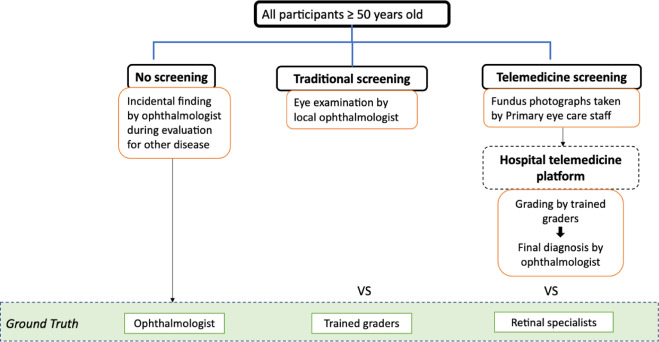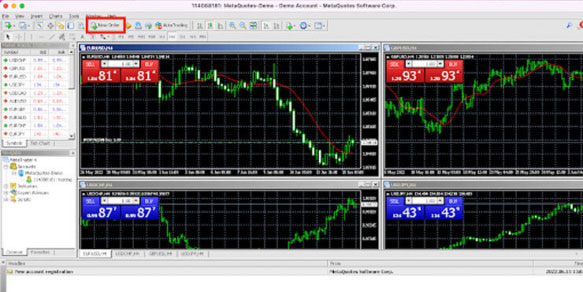Many professional day traders adhere to the "1% risk rule" or a variant while managing their capital. The rule, if followed, limits the amount of money lost by a trader on a bad day or in terrible market circumstances without preventing the trader from making a lot of money each month. The 1% risk ratio is a valuable trading technique that makes sense for several reasons.
Essential Considerations Before To Take 1% Risks
The 1% Risk Rule
If you have a $30,000 investment portfolio and follow the rule, you will never risk upwards of $300, or 1% of your investment income, on a single deal. However, if you employ leverage, you may attempt much more. This same 1% risk rule is a method of risk management that requires you to avoid losing more than 1% of your trading capital on any given trade. Since no trader can consistently achieve a win rate of 100%, this rule is designed to mitigate the adverse effects of losing trades on a trader's overall account value. If you were to risk just one percent of your balance on each transaction, it would take you to lose 100 consecutive deals to deplete your funds thoroughly. There would be a significant increase in the number of new traders who survived their first year if they all followed the 1% rule.
Implementing The Rule

If the market moves slightly in your favor, you may make 2% on a 1% investment. Whether the market moves up or down by 5% or 5%, anyone might risk 1% of the total balance. Invest in stocks, futures, or currency pairs while keeping your goals in mind and using stop-loss orders. The price of one share of stock is $15 is $30,000. Drop to as low as $14.90. Order placed to limit loss at $14.89, just a cent below the common. After determining your stop-loss, you may decide how many shares to buy to risk 1% from their account. Divide $300 by $0.11, and you get 2,727 shares. You may safely invest in 2,700 shares with a 1% margin of error. At $15 per, 2,700 of your shares would cost more than your available $30,000. The stop-loss level will trigger a $300 loss. You may make $600 if each share sells for $15.22. Changes in your position are proportional to the price change, which is 1% for every $0.11 change. A 3% increase in price at $15.33 is achieved by charging 2% more. It functions well in both choppy and quiet markets. It encompasses the market. The stop-loss price slipped when it was impossible to quit the trade at that price.
Variation In Percentage
Traders with balances under $100,000 often follow the 1% risk guideline. The 1% risk guideline is more conservative, but some traders may increase their risk to 2% when making regular profits. Thus, traders might benefit from a percentage that is less than 2%. Traders with over $100,000 in their accounts may risk as little as 0.1% on each trade due to the more prominent position sizes they can afford. In most cases, traders will be required to select a practical and appropriate percentage given the liquidity of the market in question.
Important Considerations

However, since orders do not often fill at the precise price you desire (a phenomenon known as "order slippage"), you may want to acquire a reduced share to compensate. In the event of a slip, the 1% loss threshold will almost certainly be breached. If you are holding or considering holding numerous holdings, you may need to reduce the number of shares you trade.
Conclusion
Just the one percent rule is a valuable tool for managing risk in day trading. It may be modified to suit the tastes and requirements of individual traders depending on the markets traded and the magnitude of their holdings. Knowing you can change X number of security and take a loss of a specific amount when your risk mitigation rule pulls you away from market trading allows you to determine this amount. Ideally, this number should not exceed roughly one per cent. If you have more excellent winning trades than losing trades, your account balance can rise faster than it falls, even if you have a loss of 10% if you lose on ten consecutive transactions. However, if you follow this guideline to the letter and your account worth continues to decline, you may need to reevaluate your trading strategy and analytical approach.




